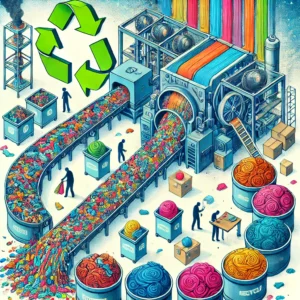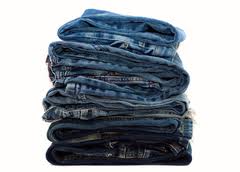Part 1 examined the environmental impact of the textile industry, highlighting the rise of synthetic fibers and fast fashion as key drivers. It reviewed EU policy initiatives focused on enforcing sustainable practices, the concept of a circular economy, and the early efforts and challenges in industrializing textile recycling. Part 2 delves into the technical challenges involved.

The complexity of textile recycling stems from the diverse mix of fibers with unknown origins and varying chemical compositions (Table 1). Each fiber type has its own ideal recycling process (Table 2), and blends are particularly challenging because they require separation into their individual components. Additionally, colorants and chemicals from processing and finishing must be removed, further increasing the complexity. Comprehensive reviews have summarized the current state of research and industrial activities in this area [1, 2].
Proper sorting of textile waste is the crucial first step, aided by automated detection of fiber materials using infrared (IRS) and near-infrared spectroscopy (NIRS). Automated sorting is considered faster and more reliable than manual methods.
To read the full article, please login. The full content of this article and all premium articles is available exclusively for site members.
Site membership is free. If you are an existing user, please login. New users may register below.



